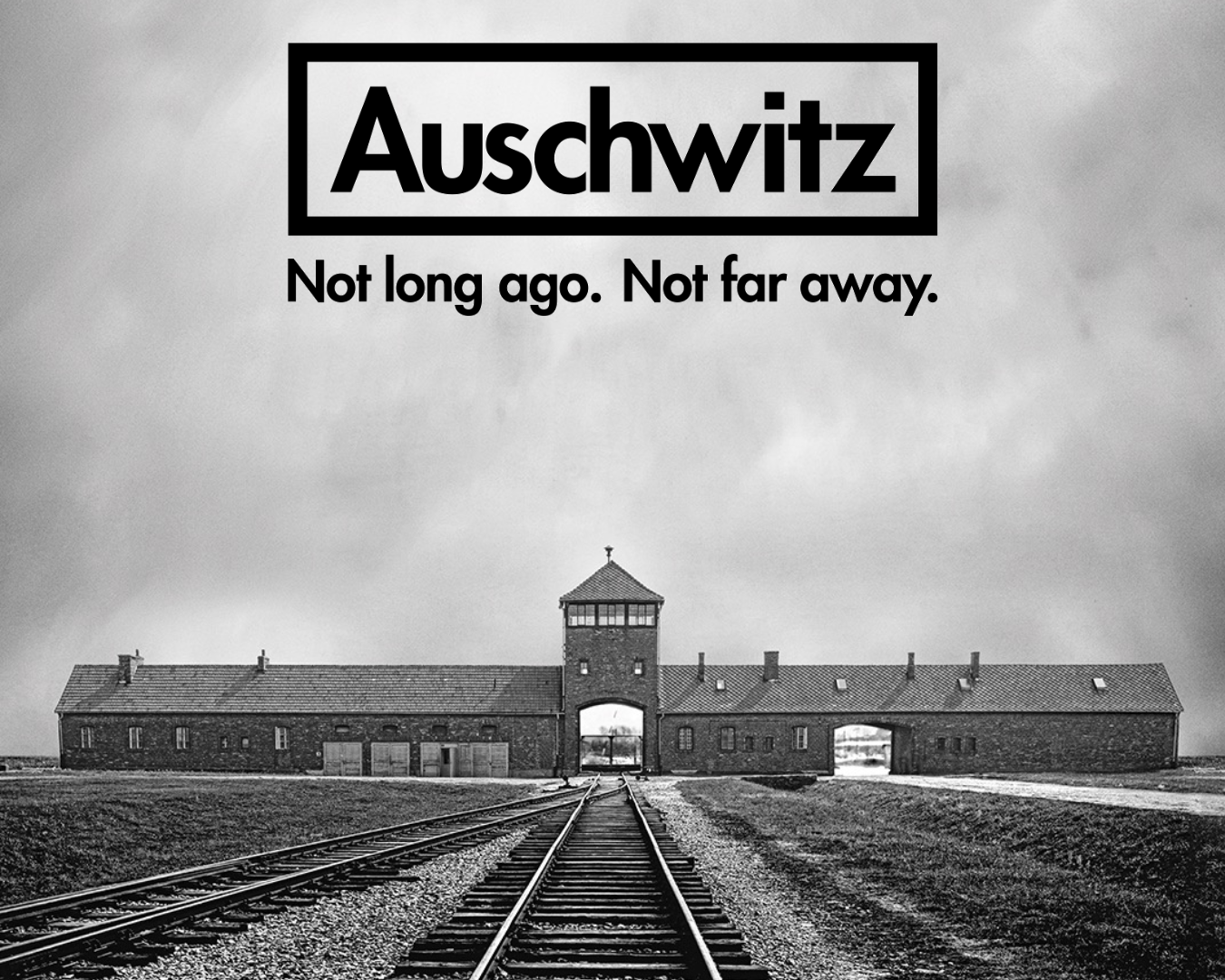Hosted at Cincinnati’s historic Union Terminal, Auschwitz. Not long ago. Not far away. offers a powerful opportunity for secondary students to explore the history and impact of the Holocaust. In partnership with the Cincinnati Museum Center, the Nancy & David Wolf Holocaust & Humanity Center supports this landmark exhibition through local survivor stories, educator resources, and a focus on building upstanders in today’s world.
To help your students prepare for this transformative experience, we recommend the following five strategies:
1. Define the Holocaust Clearly and Thoughtfully
Begin with a shared understanding of the Holocaust: the systematic, state-sponsored persecution and murder of six million Jews by the Nazi regime and its allies and collaborators from 1933-1945. Echoes and Reflections has created an activity “Sorting it Out” to be used in conjunction with the text “Holocaust Definitions” to help students engage with the definition.
2. Explore the History of Antisemitism
Help students understand the deep roots of antisemitism—what it is, how it shaped Nazi ideology, and how it persists today. Use the Holocaust & Humanity Center’s classroom-ready lesson to foster thoughtful discussion before your visit.
3. Introduce Local Survivor Stories
Connect the global to the local by exploring the lives of Holocaust survivors who rebuilt in Cincinnati—some of whom survived Auschwitz itself. Stories like those of Werner Coppel, Bella Ouziel, Edith Carter, and Henry Meyer help students form a human connection before seeing artifacts in person.
4. Build Character Through the VIA Survey
Encourage students to discover their unique strengths by taking the VIA Character Strengths Survey. Reflecting on these traits empowers them to become upstanders—people who stand up for themselves and others and take action against injustice.
5. Maximize Your Visit with Add-On Experiences
Make the most of your field trip with opportunities to hear from descendants of survivors and visit the Nancy & David Wolf Holocaust & Humanity Center. Through immersive exhibits and local narratives, students will leave inspired to carry the lessons of history into the future.
